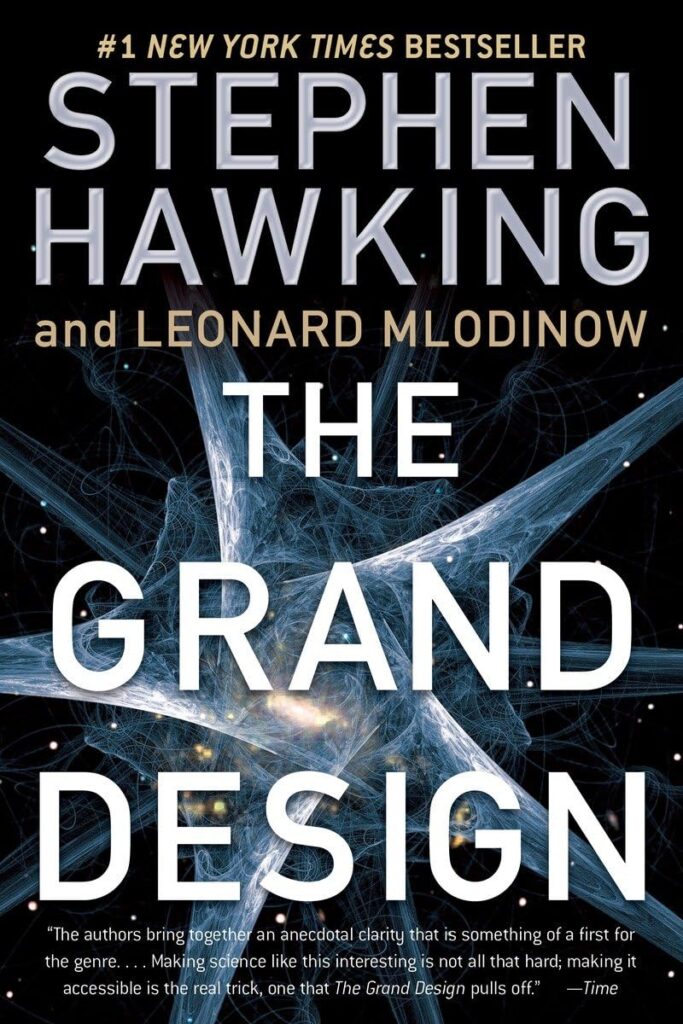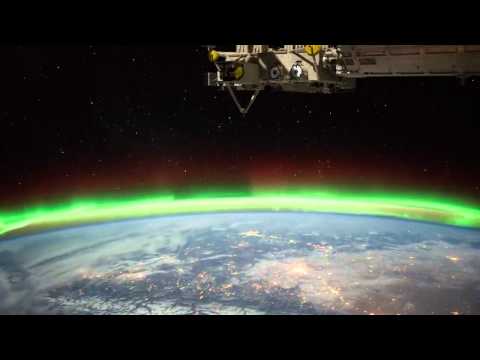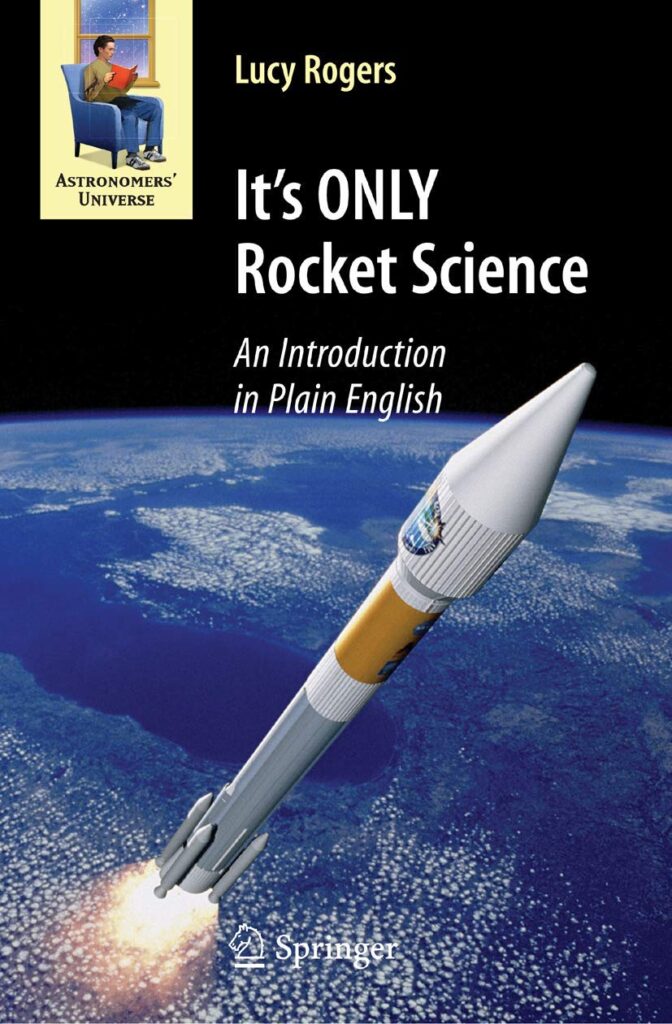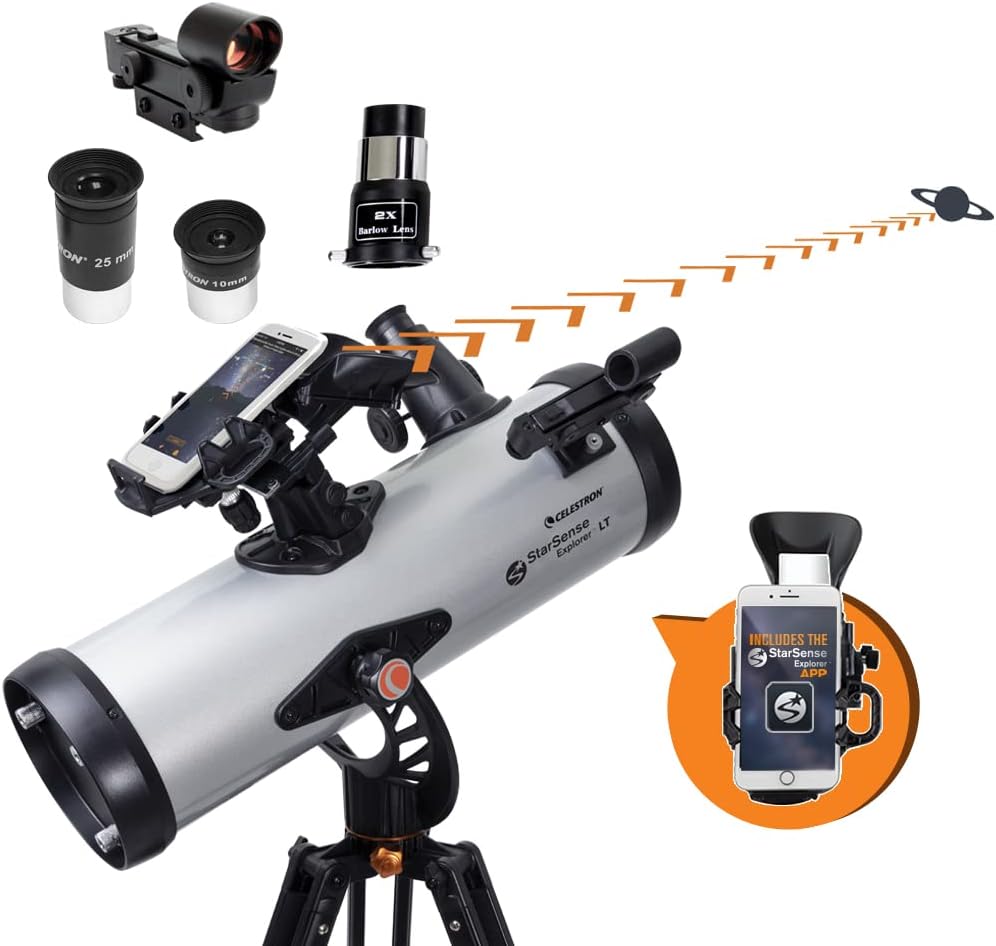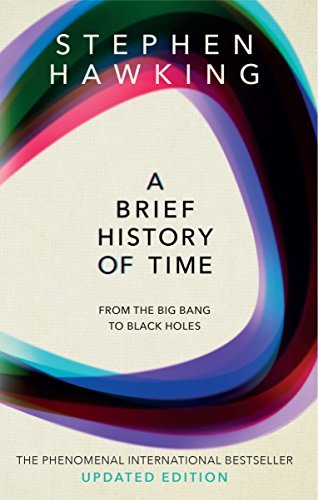The Best Earth-like Exoplanet Has 4 Major Problems
As telescopes like the James Webb look out across the Milky Way, you might have heard the growing buzz around newly discovered exoplanets. It wasn’t that long ago – only 1992 – that we found the first planet outside our solar system, but since then over 5,500 have been confirmed in the relatively small area of space, only a few thousand light-years across, that we reside in. When the Milky Way itself is 105,700 light years in diameter, this offers us a tantalising promise of billions to trillions more across the rest of our galaxy. Every star on average likely has at least one planet, and perhaps has several. With all these exoplanets out there just waiting to be found, it’s only natural we would want to turn our thoughts towards goldilocks zones , and planet habitability. After all, humanity has its eye on colonising the stars, and an Earth 2.0 is surely waiting for us out there, mathematically speaking. In fact, you might have already heard that phrase “Earth 2.0” being delivered in headlines of articles or videos, claiming that a new planet has been discovered that would be ideal for human life and colonisation. However, don’t believe the hype. All the planets we’ve found so far have – to put it scientifically – sucked. And once you hear what I’m about to tell you, you’ll agree that moving to any of them will be the last thing any sane person would want to do. I’m Alex McColgan, and you’re watching Astrum. Join with me today as I give you the grand real-estate tour on the potential Earth 2.0’s we’ve discovered so far, and explain why right now is the wrong time to get onto the planetary property ladder. When choosing an Earth 2.0, just like with buying a house, it’s a good idea to start by establishing your non-negotiables. Some of this is fairly simple to consider: for instance, temperature. You want a nice, temperate climate, somewhere that’s not too warm, and not too hot. Given that temperature drops the further you are from the Sun, every planetary system has a sweet spot where the temperature of a planet is likely “just right” – not too hot, and not too cold – similar to Goldilocks and her bowls of stolen porridge. As a rough rule of thumb if a planet is at the right distance from a star, it may well have a suitable temperature for us to set up shop. Of course, this is in no way a guarantee. After all, Venus – a planet residing in this zone – in theory should be perfect, but its choking atmosphere makes it the hottest planet in our solar system in spite of its relative distance from the Sun compared with Mercury. So it’s clear atmosphere also plays a part in all this Speaking of atmosphere, that’s also something you’ll want to look for on Earth 2.0 – ideally something with oxygen and water vapour, and without anything that would poison us, but at least something that could trap heat in, and offer some protection from space radiation. However, sometimes a non-negotiable is simply the neighbours that live close by. So, let’s consider the first major reason why the galaxy’s exoplanets fall short – their neighbouring stars. Our own star is known as a G-type yellow dwarf, a relatively fast-burning, short-lived sort of star, at least compared to some of the other options out there. Stars like our Sun tend to live for 10 billion years before their cores collapse and they transform into a red giant. It is stable, and that stability has been useful for the life that eventually flourished here . However, yellow dwarfs are far from common in the Milky Way – they represent only 10% of the total stars. Far more common in occurrence are the longer-lived red dwarfs, which make up 75% of the stars in our galaxy, and can live for around 14 trillion years, longer than our universe has existed. And unfortunately for the planets orbiting them, red dwarfs come with numerous drawbacks. For starters, red dwarfs have a much closer goldilocks zone compared to their yellow cousins. They burn less brightly – with luminosities between 10% and a measly 0.0125% that of our Sun’s – so unless you want to live on a world shrouded in perpetual night (which sounds cold and depressing to me, and will make growing plants a bit of a challenge), you’d want an Earth 2.0 to be a lot nearer to its red dwarf to compensate. This wouldn’t be in and of itself a problem, if it weren’t for the second characteristic of red dwarfs that make them very unpleasant neighbours – their instability. Our Sun is the main source of our space weather. It shoots out a frequent stream of solar winds, flares, and coronal mass ejections. However, this doesn’t compare to the amount of space weather created by red dwarfs. Flares from red dwarfs can be 100 to 1000 times more powerful than those emitted by our Sun. The frequent bursts of plasma and radiation coming from red dwarfs are powerful and dangerous enough to strip away the atmosphere, and even boil liquid water on planets in the habitable zone. And given how much closer planets are to their star in a red dwarf system, the odds of life getting enough time to arise before being hit with a life-sanitising dose of x-rays is pretty slim. If you want to live on a planet around a red dwarf, you’ll likely need some serious sun-cream . This rules out many exoplanets, such as astronomer favourite Kepler 186 f, which some scientists hoped might be habitable. While it may be possible to live for a time in quite uncomfortable conditions in a deep underground bunker on such a planet, the experience would hardly be pleasant. But even during periods between harsh solar weather events, there’s another problem with planets around red dwarfs – their tendency to be tidally locked. Being tidally locked means that the same side of the planet always faces the star as it orbits. There is no rotation between day and night – one side of the planet is in perpetual heat, and the other side is in permanent shadow. Due to gravitational constraints, planets near their sun have a tendency towards being tidally locked – just take a look at Mercury, with its days that last 176 Earth-days, or 2 Mercurian years. This lack of rotation could render most of the planet uninhabitable – you’d either face scorching, desert-creating heat on the day side, or freezing ice on the night side. Even if humans tried to live in the narrow band of twilight that would ring a tidally locked planet, liquid water might prove difficult to find. Any moisture in the air that found its way to the night side of the planet would get locked there, solidified as ice. Overall, the planet would be very dry; and even in the twilight zone, there would be no rain. And that’s not to mention the low power of a magnetic field that would likely be found on a tidally locked planet. The dynamo effect that powers the magnetic field on Earth is thought to be influenced by the Coriolis effect – the rotation of the Earth imparting momentum to rising and falling liquid metal in its core. Without this rotation, such a magnetic field would be inevitably weaker. So, I’m sorry to say that this rules out planets such as Proxima Centauri b, our closest exoplanet. Proxima Centauri b is otherwise an interesting candidate – its closeness makes it one of the easiest planets to get to for us, situated only 4.2 light years away. It’s thought to be a rocky, Earth-like planet, which is convenient, as living on a gas giant could be challenging to anyone with a fondness for solid floors beneath their feet. And most compelling, its mass and radius are very similar to Earth’s, meaning it has a similar gravity. Why is this important? Let’s compare it with another Earth 2.0 contender, Kepler 452-b. The first planet to ever be referred to by that title, and the planet described by a NASA scientist as “the closest twin to Earth”. Kepler 452-b has much to recommend it. It is orbiting around a yellow dwarf, like us, at a similar distance. This means it’s in the goldilocks zone that makes liquid water on the surface possible. However, it is a Super-Earth. This means it has a mass and radius combination that makes its gravity about twice that of Earth’s. When it comes to gravity, how much is too much? Some scientists researching the question put the figure at 4 times Earth’s gravity, this being about the limit of what a human could survive. However, even living in just twice Earth’s gravity could get rather uncomfortable. To properly visualise this, or at least get a rough approximation of it, imagine lying down, but then imagine a second person lying down on top of you, putting all their weight onto you. This is your night, every night. Every breath being fought for . Come daybreak, you must lift that extra person up, haul them onto your back, and then carry them with you everywhere you go. Everywhere. And be careful not to fall, as suddenly it’s much easier to break a bone. Falling down stairs is no longer painful, it’s likely lethal. Everyone must do this. The elderly. The infirm. Small infants, trying to take their first, wobbling step. Keeping this in mind, it’s easy to grasp just how exhausting life in double gravity might end up being. If you’re a body-builder or athlete you will likely be all right. But for most people on Earth, it would be a slow torture. Your heart furiously beating to move your blood around, making it feel like you’re running even when standing still. And if you want to triple the gravity? Add an additional person on top of that. And things don’t get much better going the other way. Sure, everything is suddenly much easier, as that weight is lifted. However, living under reduced gravity comes with a host of health risks that we can see from astronauts who’ve spent just a few months on the International Space Station. Over time, the calcium bleeds out of your bones , causing them to become brittle. Your muscles atrophy. Your heart develops issues. Your immune system suffers. All told, even if you’re exercising every day, your long-term prospects aren’t looking good in a low-gravity environment – a fact that is challenging NASA scientists as they try to figure out how to set up human outposts on places like the Moon, or Mars, where astronauts might go to live for just a few years. Humans have spent millions of years adapting to life on our planet. We’re very used to how things are here. We’re just not suited to anywhere else – we’ve not evolved to face such conditions. In some respects it’s a testament to how well we’ve acclimatised to the environment we were born in, but it’s a big obstacle if we ever want to live anywhere else. And so, the hunt for Earth 2.0 goes on. As I mentioned, there are likely billions of undiscovered planets in our Milky Way galaxy. The odds of at least one being out there that meets our criteria for gravity, temperature, lack of life-threatening radiation, and presence of atmosphere and water, are high enough to be a certainty. Actually finding one that meets the criteria is a more challenging task, particularly when most planets are still invisible to even our strongest telescopes, except for a brief moment when they pass in front of a convenient star and block out its light. If someone tells you that they’ve already found Earth 2.0, I’d take it with a pinch of salt. We won’t ever really know that a planet is actually suitable for human life until we somehow cross the gulf of space and go there to see it in person. Of course, until we discover how to do that, it’s all a bit of a moot question anyway. life has developed on this Earth for millions of years but we sometimes forget the personal connection we have to those who’ve gone on before have you ever wanted to know their stories you can thanks to my partner for today’s video my Heritage I have a Canadian great great grandfather who was born at Sea and died there he and a boy went fishing one day and were never seen again although the boat was later found with giant bite marks taken out of the side I’d never heard this story before but I found it as I started to delve into my family history using my Heritage my heritage’s world leading online service gives you access to over 19 million historical records helping you learn about your ancestors and even discover living relatives you never knew you had its AI tools like instant discoveries can help you connect whole branches of your family tree with just one click and his photo enhancing tools can repair colorize and even animate your old images really bringing them to life if you use my QR code here or Link in the description below to sign up today you’ll get a 14-day free trial on my Heritage and 50% off your continuing subscription go on give it a try thanks for watching want to learn more about how we disc discover exoplanets check out this video here a big thanks to my patrons and members if you want your name proudly displayed at the end of each astram video check out the links below all the best and see you next time





